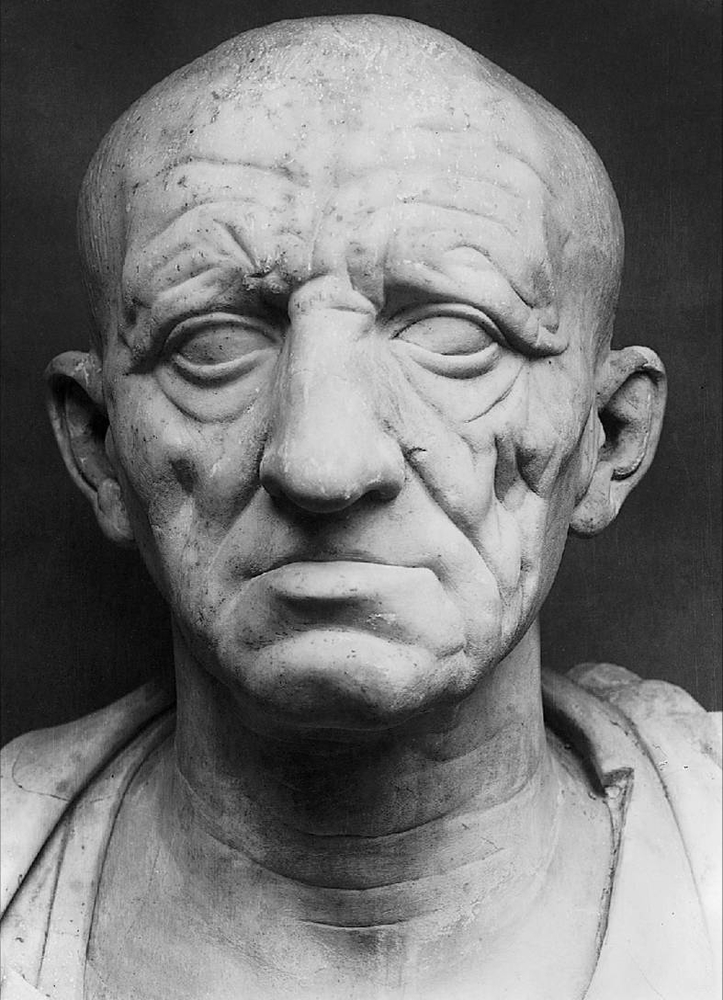More about Heinrich Knirr
Works by Heinrich Knirr

Sr. Contributor
Heinrich Knirr was the only painter to get Hitler as a model. Probably couldn't get him to vogue, though.
Heinrich Knirr is kind of an international man of mystery. Being Hitler's number one painter might seem like a good way for history to bookmark your deets, but that just hasn't been the case. What is known about Knirr could barely fill out an online dating profile. He operated a private art school and taught Paul Klee before moving to Munich and teaching at an all women's art academy. Then, both he and the Hitler years died. Which, you know, not to beat up on a dead guy, isn't all that bad since he made Hitler look so good. Which is bad.
Knirr was probably Hitler's favorite artist since he was the only painter the Fuhrer ever actually sat for. Most painters (including Knirr most of the time) painted portraits of Hitler off of photos taken by Heinrich Hoffman. That's why most Hitler portraits feature him in the same pose, in the same way that a pig has the same pose every time it poops, which is the best thing to think about when looking at a Hitler portrait going for the magnificent look: A pig taking a dump.
Knirr painted subjects besides Hitler during his rise through the Third Reich. He was a noted landscape and portrait painter, and, outside of painting the Fuhrer, was tasked with painting Hitler's mother and chauffeur. Portraits of these last two hung side by side in Hitler's office, which he undoubtedly stared at fondly while he looked, again, like a swine taking a shart.

Contributor
Painting Hitler was a big deal.
According to one SS publication: "The Leader is the highest gift to the Nation. He is the German fulfillment. An artist who wants to render The Leader must be more than an artist. The entire German People and German eternity will stand silently in front of this work, filled with emotions to gain strength from it today and for all times. Holy is the art and the call to serve the People. Only the best may dare to render The Leader."
Probably because of statements like that, many portraits of Hitler, including ones by Heinrich Knirr, were destroyed after the war as Nazi propaganda.
Featured Content
Here is what Wikipedia says about Heinrich Knirr

Heinrich Knirr (2 September 1862 – 26 May 1944) was an Austrian Empire-born German painter, known for his genre scenes and portraits, although he also did landscapes and still-lifes. He is best known for creating the official portrait of Adolf Hitler for 1937 and is the only artist known to have painted Hitler in person.
Biography
He was born in Pantschowa (in modern-day Serbia). He studied at the Academy of Fine Arts, Vienna, with Christian Griepenkerl and Carl Wurzinger, then attended the Academy of Fine Arts, Munich, where he took lessons from Gabriel von Hackl and Ludwig Löfftz.
In 1888 he founded a private painting school in Munich, which was very popular throughout Europe. He remained in Munich and opened a private art school there in 1888. Eventually, his school gained a good reputation throughout Europe. From 1898 to 1910, he also taught at the Munich Academy. He was also a member of the Munich Secession and, later, the Vienna Secession.

At the beginning of World War I, he gave up his teaching activities and moved to Starnberg. In the 1920s, the Thannhauser family became his major patrons. After 1922, he lived in Upper Bavaria. During the Nazi régime, he remained popular and, in 1937, was represented at the first Große Deutsche Kunstausstellung at the Haus der Kunst in Munich, with one of his portraits of Adolf Hitler.
Over the next few years, he exhibited fourteen works there altogether, including portraits of Hitler's private chauffeur, Julius Schreck, and his mother Klara. Both paintings were hung in Hitler's office at the Berghof in Berchtesgaden. He also did the official portrait of Rudolf Hess, and Albert Speer often referred to him as the "court painter".
In 1942, Knirr was awarded the Goethe-Medaille für Kunst und Wissenschaft. In 1944 he died in Staudach-Egerndach.
Check out the full Wikipedia article about Heinrich Knirr














